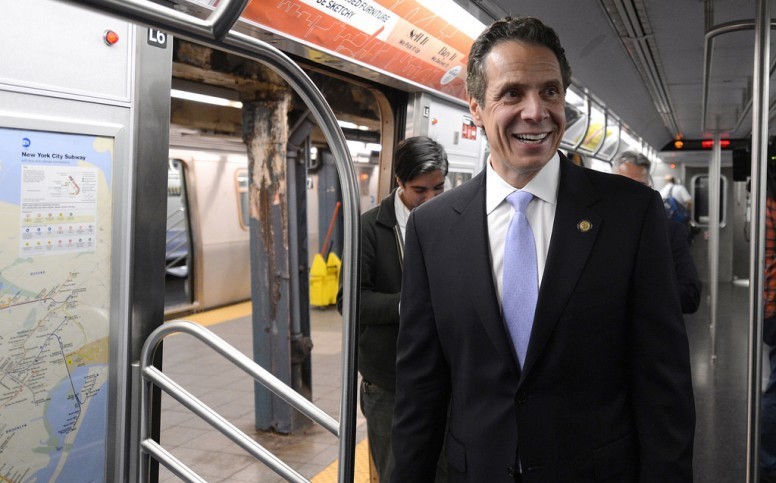Governor Cuomo announced today that the Executive Budget for 2016-2017 will include a project eyed by sustainable transportation advocates for some time: a third track for the Long Island Rail Road.
Other projects of more debatable value also were revealed today: a $5 million study of a tunnel connecting Long Island to either the Bronx, Westchester County or Connecticut, a $1 million study of a potential deep water port at Old Shoreham Power Plant and a regurgitated attempt to get an AirTrain to Laguardia.
The governor’s announcement leaves one with the feeling that he is—in Robert Moses fashion—plucking a pet project from a grab bag. Some speculate whether the third track has its best chance ever now that Senate Majority Leader Dean Skelos has departed—an indication that even these major infrastructure decisions are not immune to political jockeying.
Compared to Connecticut, whose 30-year statewide transportation vision for the state was completed after an open public process, New York continues to suffer from closed-door planning and project selection. By law, the governor of New York is required to submit a 5-year state capital plan with each year’s executive budget. But in 2013, the governor took this planning process a step further with the New York Works initiative, which put out a 10-year capital plan for the state. Unfortunately, as the Office of the State Comptroller pointed out nearly a year later, the plan hasn’t been updated since then, and it lacks crucial details. The Tappan Zee Bridge replacement project, for example, is entirely absent. So is a clear connection between infrastructure needs and how projects would be funded.
Clearly, New York’s capital planning process needs an overhaul. We’re still waiting for full financing details for the state’s signature capital project, the New NY Bridge, as well as the memorandum of understanding for the 2-year NYSDOT capital plan approved in last year’s budget.
Long-term capital planning should assure the direction of limited resources to the highest priority projects; provide close coordination between infrastructure spending and financing; and lay out steps to avoid the pet-projects-approach to state spending to diminish corruption. With this year’s state budget, legislators need to demand a fiscally-constrained long-term plan that follows uniform criteria for choosing capital projects. The projects Governor Cuomo has put on the table today are long-term projects that could have a significant regional impact decades down the road. But without a more open and thorough planning process, it’s tough to say whether these projects should be New York’s top priorities.


[…] Tri-State: New York Needs a Cohesive Vision for Transportation Investment, Not a Grab Bag […]
The governor dropped NYS funding for the re-build of I-278 under Brooklyn Heights when he needed money to get the Tappan Zee Bridge started. The deed for the re-build is still real; however, the MOVE NY has volunteered to fund it out with NYC motorist money via the East River Bridges tolls. Can we first re-store the NYS commitment?
[…] of attention to rail and bus infrastructure in the last few months, but the fact that this transportation department appears squeamish about tackling climate change shouldn’t be such a […]